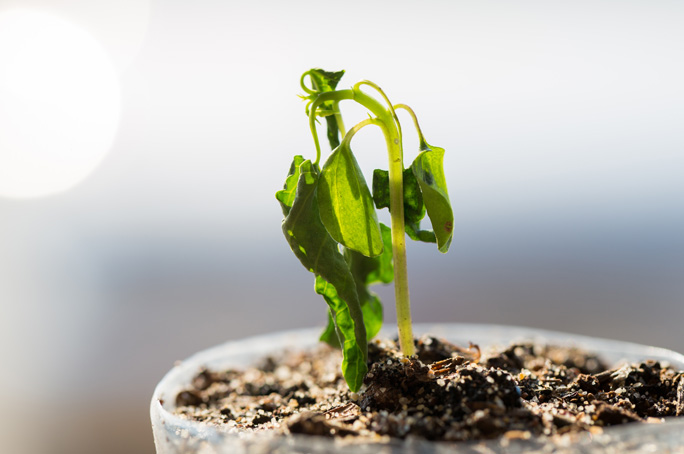If you’ve been wondering how to become an expert at saving water, then wonder no more! This article will cover every aspect of water efficiency and will give you a handy guide on how to help your plants thrive. You’d be surprised to find out how a little extra effort can go a long way in saving water.
Water is one of our most critical natural resources. When water supplies are limited, you can still keep your garden healthy by developing smart maintenance practices.
- Many people water all plants in their garden equally, but shrubs and many other plants don’t need as much water as vegetables and leafy greens. Instead, divide the plants in your garden based on their water needs and adjust the watering schedule accordingly.
- When determining how you should water, take the plants into consideration. Shallow watering leads to shallow roots, leaving plants more vulnerable to drought and fluctuating temperatures. Plants with deeper roots are better able to tolerate spells of drought, so your goal should be to apply enough water to wet the entire root area to promote deep rooting. You should also avoid applying so much water that it penetrates deeper than roots actually grow. That water is wasted.
- Take note that newly established plants require more water than established ones because the root systems are shallow. You may want to consider delaying new plantings during drought periods to help save water. Most newly transplanted trees and shrubs need at least 1 in (2.5 cm) of water a week during the growing season (June through September) and during dry periods in the winter.
- Like new plants, those in pots and hanging baskets need special care as they run out of water more quickly than established plants, which have bigger root systems and more soil from which they can draw the water.
- Adjusting your watering schedules with the weather is essential. It may sound like a fundamental thing, but it’s true. If you stick to the same watering routine from May to September, you are probably overwatering in spring and fall. Cloudy or rainy weather reduces water usage by the plants even more.
- One more thing to bear in mind is the option to water at night when evaporation rates are lowest. Your plants will then have a chance to take in the water that has been applied to the soil.
- Another great tool that usually gets overlooked is capturing and storing rainwater. While you may think it’s time-consuming, this process can help you save rainwater to use on dry days. Just make sure you’re doing it according to your local laws.
Signs your plants need water:

- Grass: looks dull and gray or footprints show when it’s walked on.
- Annuals and vegetables: the soil is dry below the surface or plants begin to wilt.
- Perennials: wilted leaves that stay droopy in the evening.
- Trees and shrubs: once established (2 to 3 years after planting), they usually don’t need supplemental water except in very dry years; wilted leaves that don’t perk up in the evening.
Last but not least. Late fall and early winter are not the times to give up on the garden and go inside. Get outside for a breath of crisp, fresh air and tackle a couple of tasks that will make your spring garden workload lighter.
Even dormant plants still need moisture, especially newly planted trees and perennials. Before the ground freezes, water the garden thoroughly if the fall has been dry. If temperatures get above 50°F (10°C) for several days during the winter, give plants a good soaking then, too.
By making these adjustments to your watering routine, you’ll soon learn to water efficiently and help your garden flourish as you’ve envisioned.
